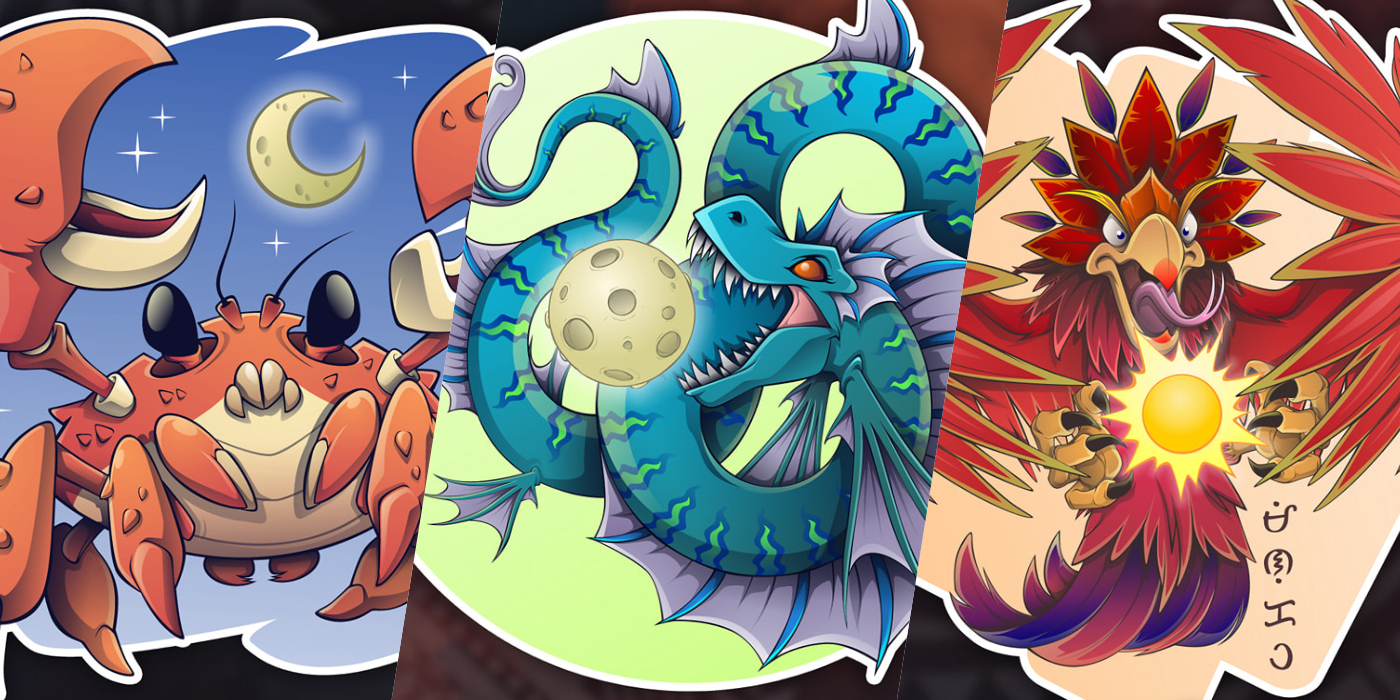Step into the realm of Philippine mythology with Banyuhay Clothing‘s sticker artwork collection, featuring the fearsome creatures of Philippine mythology. These mythical beings, believed to be sun and moon eaters, come to life through intricate designs and vibrant colors, showcasing the rich folklore of the Philippines.
The Duyog is an old Tagalog word for eclipse. In ancient times, our ancestors believed that the Duyog was caused by creatures attempting to eat the moon or sun.
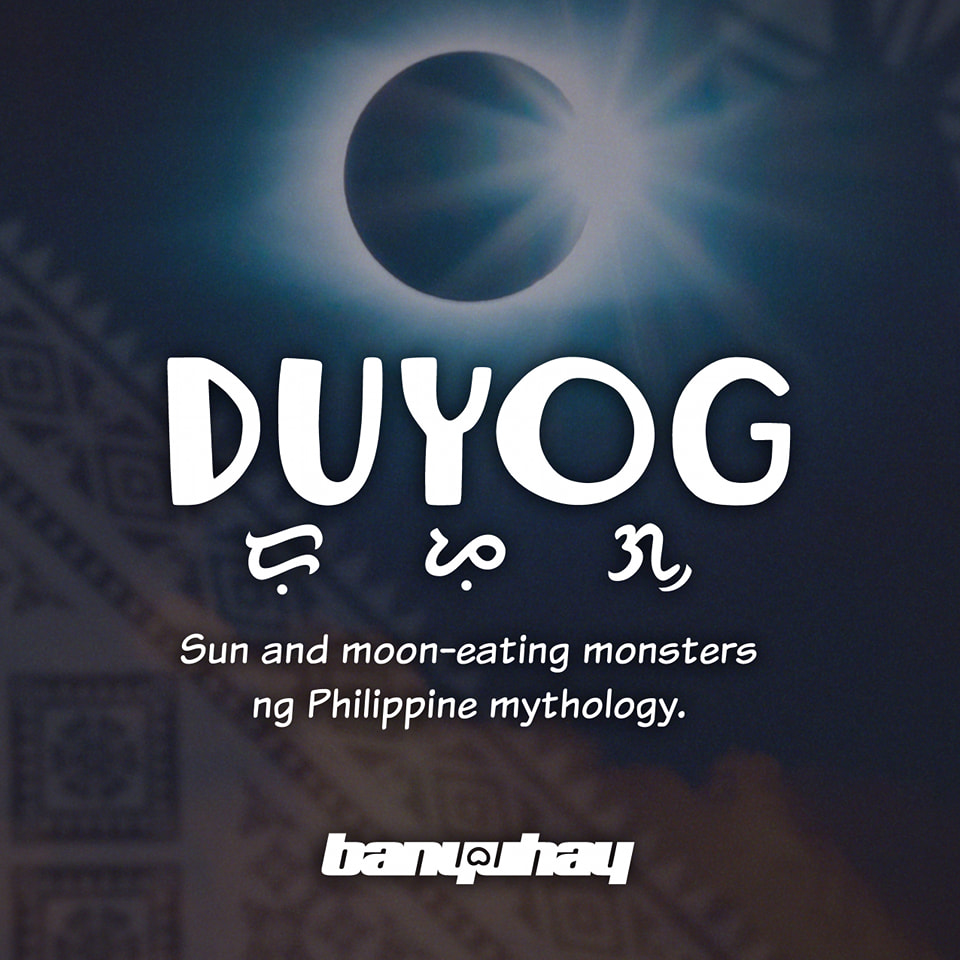
Myths about giant sun and moon-eating monsters are prevalent in Philippine folklore. With the richness and diversity of cultures and beliefs among different indigenous groups in our country, it’s not surprising that these creatures’ appearance and origin stories vary. From then until now, they continue to fuel our imagination, whether in art or pop culture.
TAMBANOKANO
According to the myths of some ethnic groups in Mindanao, such as the Mandaya and Bukidnon, they believe that the lunar eclipse is caused by a gigantic crab attempting to eat the moon.
Aside from the lunar eclipse, they also believe that the Tambanokano is responsible for creating the waves in the sea. On the other hand, the Bukidnon people believe that the giant crab is the reason behind the occurrence of high tides.

Meanwhile, according to the Manobo people, the Tambanokano is a giant spider or scorpion that occasionally attacks the moon to make it its food.
LÁWÛ
Láwû is a giant creature that resembles a combination of a snake, bird, and crocodile. Láwû is commonly referred to as male, but it can also be female.
According to the mythology of the ancient Kapampángan people, when the moon or sun escapes from the belly of Láwû, it results in a partial eclipse called Mitdas ya atian ing Láwus. This brings a bountiful harvest. However, if the celestial body is completely swallowed by Láwû (known as Tiklá nó ning Láwû), it signifies an impending period of hunger because a total eclipse has occurred.

The story of Láwû is connected to Dápu, the crocodile that carries the earth on its back. Dápu is a nunu, a goddess of the earth. She represents the mother ocean, serving as the counterpart to Batálâ, the father sky who is depicted as a kingfisher.
MINOKAWA
The Minokawa is a colossal, dragon-like bird according to the legend of the indigenous Bagobo people in Mindanao. It was believed by the people in ancient times that this creature was capable of swallowing the sun, moon, and even the entire world due to its immense size.
During an eclipse, people would feel great fear, so they would make loud noises to drive away the Minokawa.
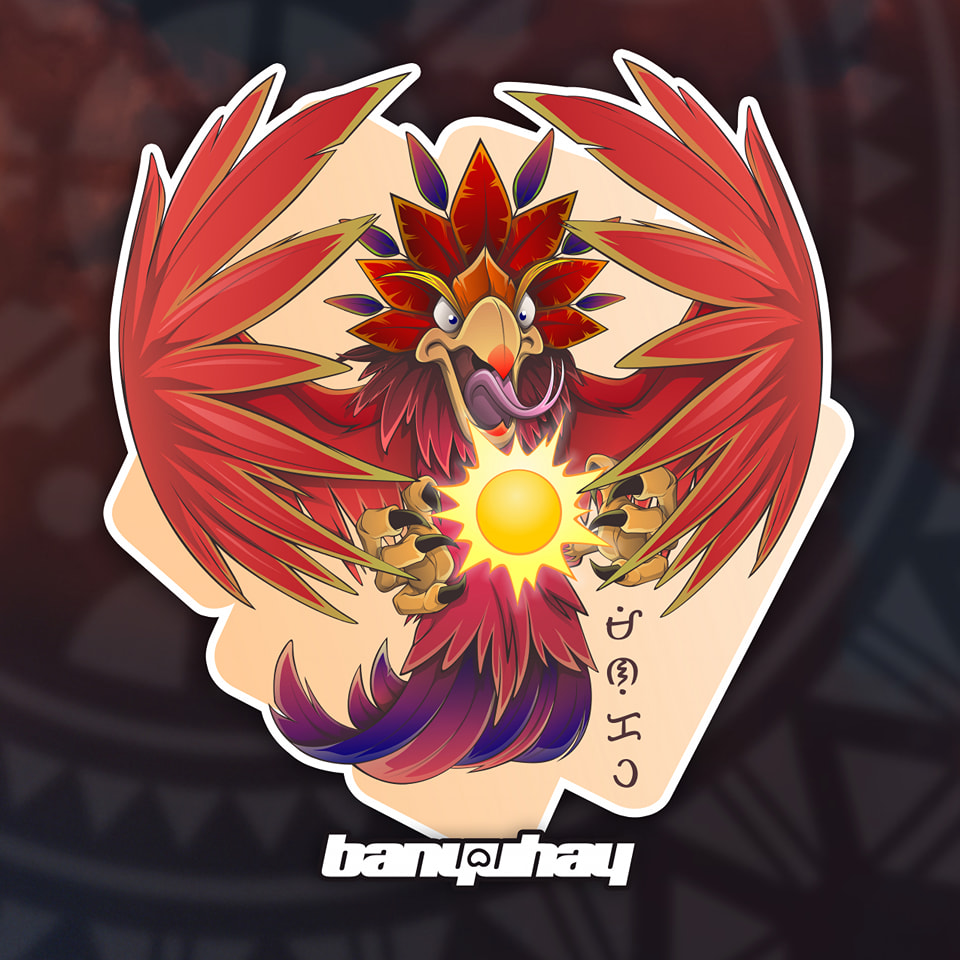
It is said that the Minokawa is as large as the islands of Negros or Bohol, with a beak and claws resembling steel, and its feathers are as sharp as a Kampilan, a pre-colonial sword.
ARIMAONGA
According to the myth of the Maranao people, the Arimaonga is a gigantic lion/tiger-like monster with hair made of sunlight. It is believed to be responsible for causing Duyog or eclipses by attempting to devour the sun or moon.
The name Arimaonga means “lion,” but it may also have originated from the Indonesian word “Arimao,” which means “tiger.” 🐅🤔
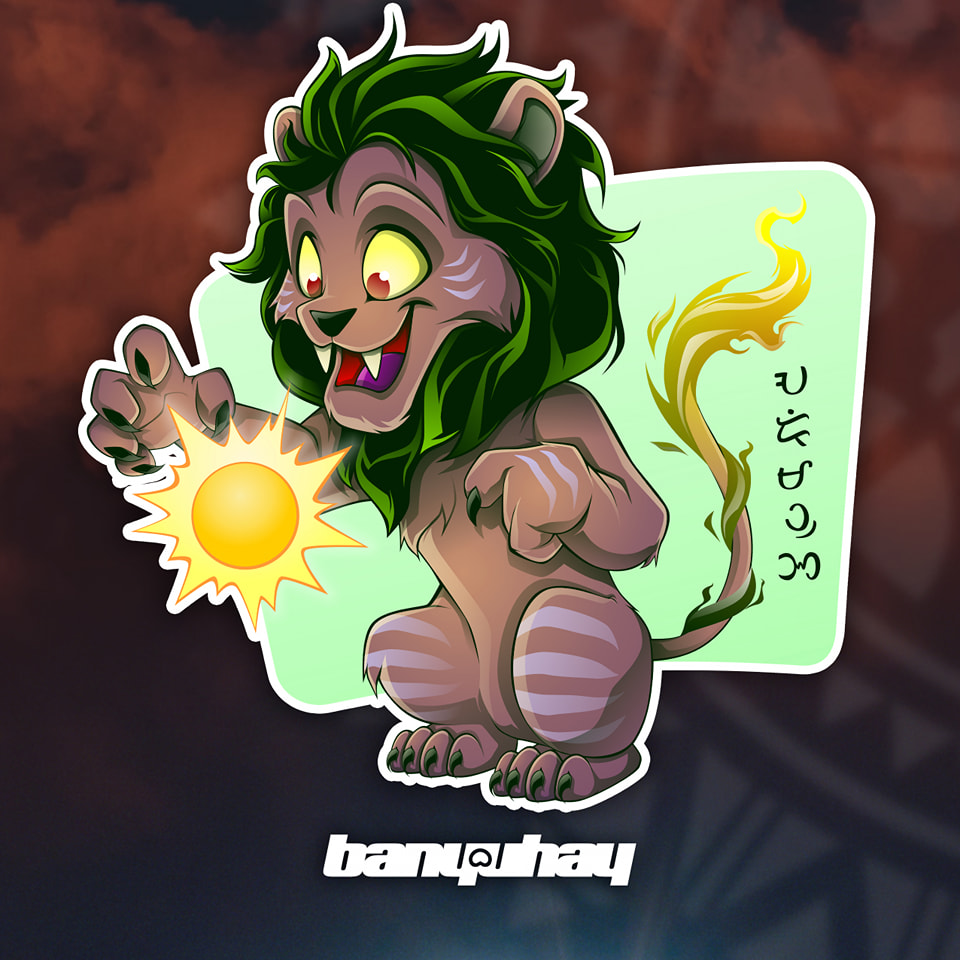
During a solar or lunar eclipse, people make loud noises using gongs and allegedly plucking their fingernails to force the Arimaonga to spit out the sun or moon.
BAKUNAWA
Bakunawa is a giant serpent that serves as the guardian of the Sulad (land of the dead) and the underworld. Aside from being associated with eclipses, our ancestors also linked Bakunawa to strong rainfall, gusts of wind, and earthquakes.
He is perhaps the most famous moon-eating monster in the Philippines, but many are still unaware of his origin story.
According to ancient Ilonggo and Bisaya beliefs, in ancient times, there were seven moons that illuminated the sky. Due to Bakunawa‘s intense attraction to them, he swallowed each moon one by one. This angered the creator deity, Maka-ako, who punished Bakunawa by imprisoning him and assigning him to guard the Sulad.
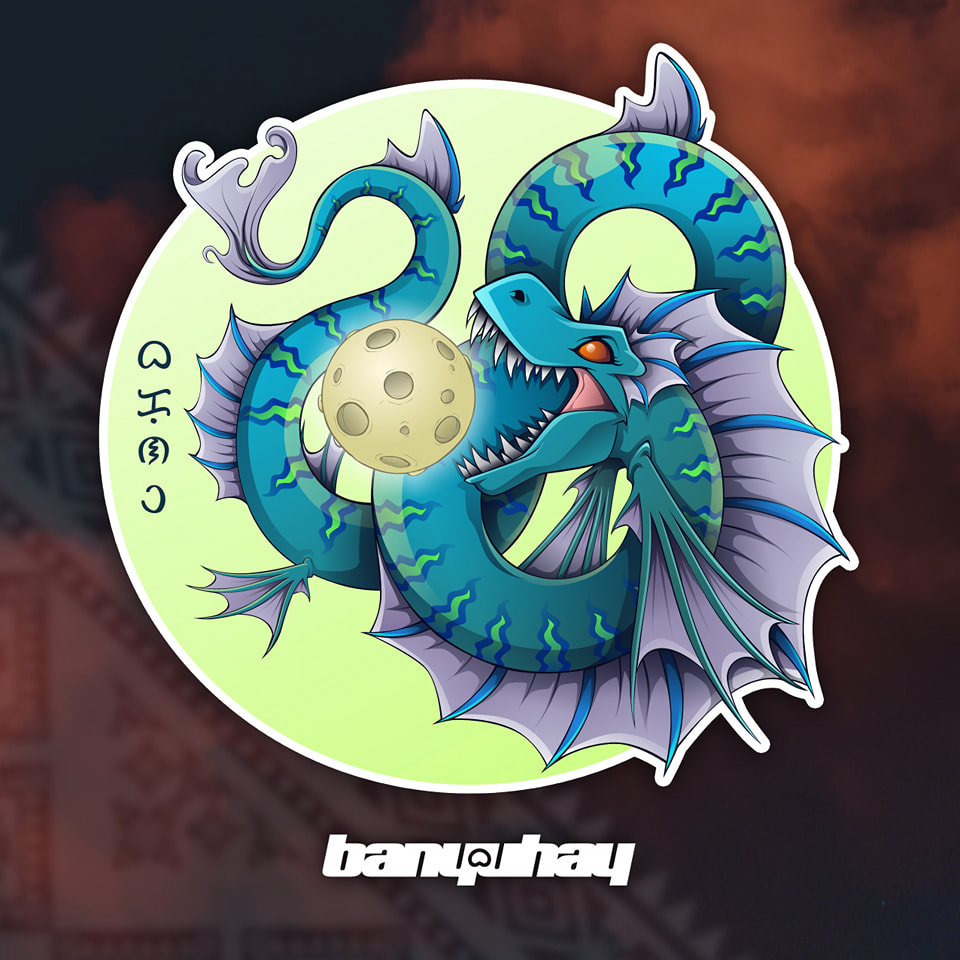
Among the ancient Bikolanos, Bakunawa was a beautiful goddess who fell in love with the handsome moon deity, Bulan. Bakunawa expressed her feelings, but sadly, she was friend-zoned by Bulan. Filled with resentment, her appearance changed, and she began swallowing the moons one by one. However, she was confronted by Bulan’s sibling, Haliya, the Bikolano goddess of the moon, and was ultimately defeated.
Thus, during eclipses, it is believed that the mortal enemies, Bakunawa and Haliya, engage in a fierce battle.
FACEBOOK | INSTAGRAM


